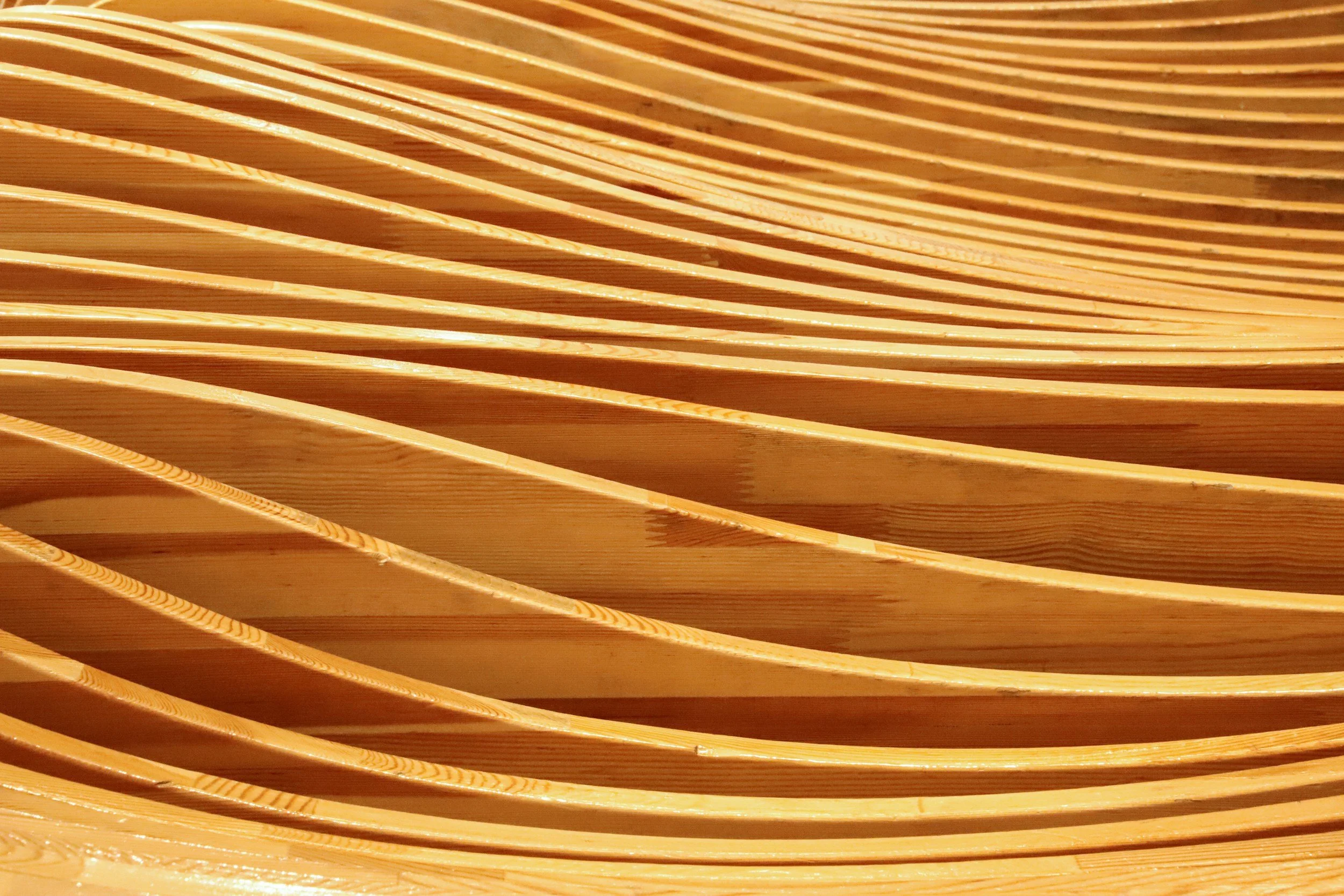The Environmental Cost of Resin
Epoxy resin is the new big thing in woodwork, from fixing and filling minor gaps and scrapes to entire pieces built around resin features, pours, and textures. Here at Among The Trees we’re invested in sustainability across all our products and work, and that means that resin doesn’t always fit in with our ethos. However, there’s no doubt that it’s a big part of a lot of modern woodwork and wood design, so what are the facts around resin and sustainability?
Note for this series we are talking about the use of synthetic epoxy resin. If you missed it, read part 1 of our series about epoxy resin ‘Is using resin in woodwork sustaniable?’ where we go into more detail about the different types of resin available on the market.
It’s not always enough to just say that a product is or isn’t sustainable or good for the environment, and we can be a bit more detailed with our analysis. When we consider the environmental cost of any material, it can be helpful to break it down into multiple questions:
1 – What is the environmental cost of manufacturing this material?
Epoxy resin is a chemical product that, when cured, forms a plastic. Because of this, resin has the same manufacturing costs as other forms of plastics.
Epoxy resins are created by mixing multiple chemicals (ie. most often Bisphenol-A (BPA) and epichlorohydrin (ECH)) to create the basic monomer unit of resin. These resins are then mixed with curing or hardening agens, which can include polyamines, aminoamides, phenolic compounds, and more. The ratio of all of these chemicals will determine the final cured qualities of the resin product.
The manufacturers of resins and related products are required to abide to strict standards of sourcing, manufacture, clean up, and disposal of materials, but the byproducts of these manufacturing processes are often toxic, and even if they are disposed of ethically that still results in a toxic waste material that has to be stored somewhere.
The creation of all of these chemicals and materials are also energy intensive processes, and often use petrochemical-based products throughout the process.
2 – Is there a cost or danger to using this material (ie. leftovers, clean up, etc)
Depending on the type of resin used, there can be dangers associated with use and disposal of resins. Epoxy resin can off-gas vapour which can cause health complications, and older epoxy resins may contain carcinogenic ingredients such as epichlorohydrin. Also, while cured resin is very inert, uncured resin can be dangerous or toxic to not only humans, but animals and other life if it leaks or is disposed of improperly.
The cost of using resin can be reduced through smart use, such as adequate and high quality ventilation, carefully calculating the amount you need, disposing of all resin as hazardous waste and not just through regular disposal methods, and to not throw any unused resin away, but the cost cannot be entirely mitigated.
3 – What will happen to this material when the object is no longer wanted, or is thrown out?
One of the key features of synthetic epoxy resin is that it is not biodegradeable, which means that when it is disposed of it will not break down in the same way a natural material like wood, paper, or other plant matter will. Cured resin can be disposed of in regular rubbish, but it cannot be recycled. Resins that are made from fossil fuels may be especially dangerous in this situation, as they may leech or spread petrochemicals after being disposed of.
Something we advise and teach in our woodwork courses is considering the future use of timber – is what you’re making and crafting able to be reused by someone else in the future? This may be as simple as passing along a piece of furniture or work to a new owner as is, or it being changed by someone to better fit what they need and want. Consider: does what you’re making have a potential future life, or will it be thrown away and end up in landfill after a trend or fashion is over? What are the ingredients of the resin, and will they potentially be a danger when sitting in landfill?
The above points may seem a bit intense on the side of the dangers or risks of epoxy, but there are of course uses and reasons that epoxy is not just useful but the best product for a particular job – we want to write this series of articles to simply highlight the risks and challenges involved, and push back against the use of resin for every project and product, rather than as a specialty feature used prudently and with care.
One development in the world of epoxy resin is an increased market of ‘green’ or eco-friendly epoxy resins, or resin products that claim to come from more sustainable or recyclable components. Stay tuned for part 3 of our series on epoxy resin where we look into the world of green resin products and find out how sustainable they are!
References
Is Resin Environmentally Friendly? - Sustainability Nook
TikTok has turned against resin artists in the name of sustainability - Mashable
Epoxy resins – Manufacturing process of Epoxy resins - Valco Group






